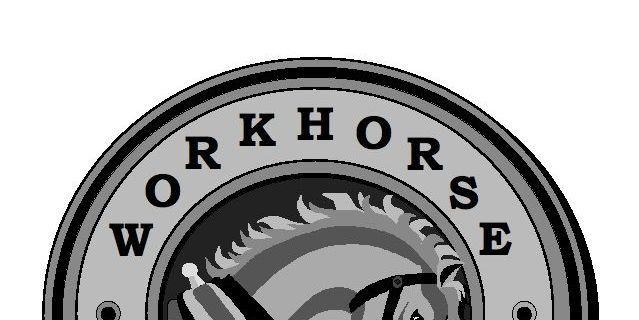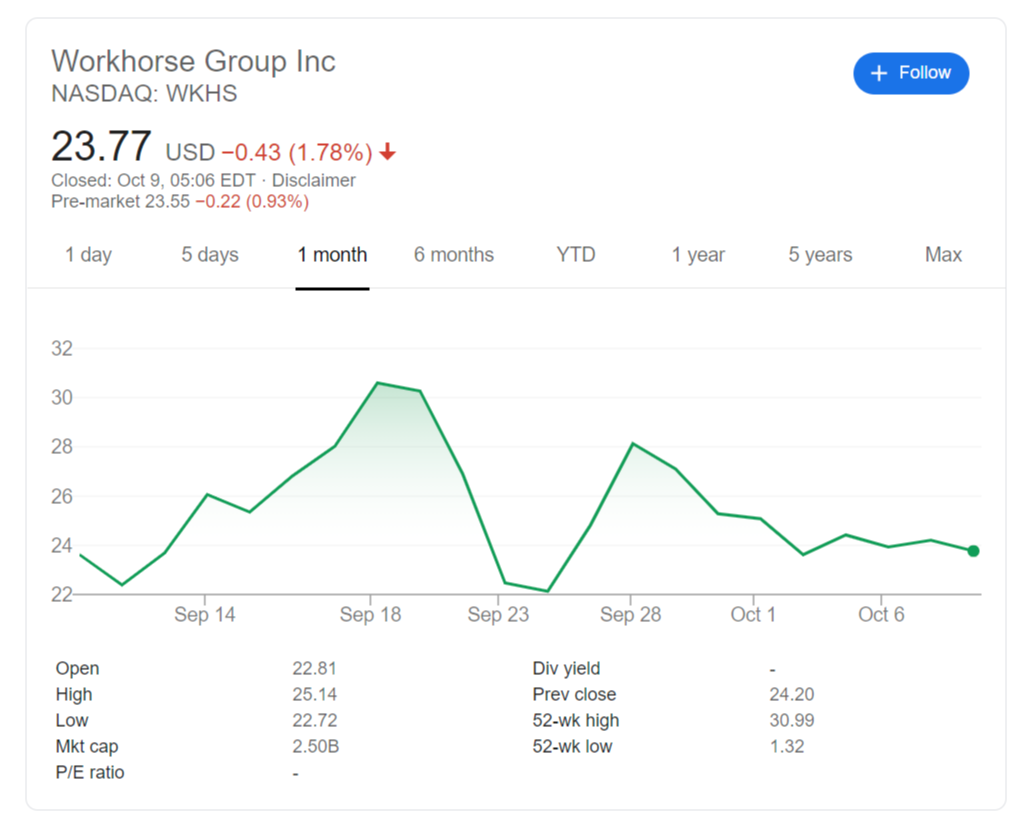

The deal was therefore subject to heightened regulatory and union scrutiny. All but Yellow Roadway and Arkansas Best were non-union. The purchase announcement came less than a year after the bankruptcy of the nation's then-third largest LTL carrier, Consolidated Freightways, meaning the Yellow-Roadway merger would leave the industry with a major gap from Yellow Roadway's estimated over US$6 billion in revenue to FedEx Freight and Con-way, both around US$2 billion, followed by Overnite Transportation and Arkansas Best both around US$1.3 billion. A new holding company, Yellow Roadway Corporation, was formed based at Yellow's headquarters in Overland Park to serve as the parent company for both Roadway Corp.

The purchase included Roadway's national operation, Roadway Express, northeast regional LTL subsidiary, New Penn, and Canadian LTL operation, Reimer Express. (RSI), in 1995 and operated as an independent, publicly traded company since then. Roadway had been spun off from its former parent, holding company Roadway Services Inc. In December 2003 Yellow Corp., at the time the second largest LTL carrier in the US, acquired the largest, Roadway Corp., for US$1.05 billion. as its largest division.įor the history of Roadway prior to acquisition, see Roadway Express.


The company changed its name to Yellow Corporation in 1992, when it created a parent company, with Yellow Transportation, Inc. During the deregulation of interstate trucking in the 1980s, Yellow Freight System embarked on a massive restructuring by creating new distribution centers across the country to better serve customers. In 1968, the company name was changed from Yellow Transit Freight Lines to Yellow Freight System Inc. During this time, Yellow helped pioneer the concept of consolidating small freight shipments into trailer loads. The company remained small until 1952, when an ownership group led by George E. took control of the freight lines, which he operated for many years. He sold the taxicab business in 1940 to Eddie Fuller, who operated the Y and Y Cab Co., and maintained ownership of the gasoline company until his death on December 3, 1942. Cleve took the taxicabs in the trade-out, as well as the Yellow Cab Dynamic Gasoline Company.
#Workhorse yahoo finance code
Cleve then devised his own code and got government confirmation.Ībout this time, the Harrell brothers dissolved the partnership. to formulate a regulatory code, which didn’t succeed. Cleve, together with taxicab operators from other parts of the country, met in Washington, D.C. By 1933, with the New Deal and the NRA, most businesses came under government regulation in an attempt to increase employment. When oil was discovered in the Oklahoma City area, mules were needed for work in digging slush pits, so the Harrell brothers bought mules and, in 1929, established the Yellow Transit Freight Lines to serve small manufacturers for whom freight was slow and express rates were prohibitive. Cleve established the Capital Hill Bus Lines for the southern part of Oklahoma City, which he successfully operated for several months before selling it to the Oklahoma Street Railway Company. The partnership started a cross-country bus line connecting Oklahoma City and Tulsa, which was later sold to Pickwick Bus Company of Tulsa. Santa Fe, and their younger brother, Marvin Harrell, and their father, Jake Harrell, were added to the payroll. The company’s offices were moved to 113 S. Cleve needed extra capital for expansion, so he formed a partnership with A. Harrell (1883–1972), had followed him to Oklahoma City and had been successful in the operation of a horse and mule business during World War I. Later, John Hertz copied the Yellow Cab in Chicago and obtained the national trademark for the use of the name. Harrell trademarked the name Yellow Cab in Oklahoma. Although ridiculed by other cab drivers, he was hauling more passengers than anyone else, so he painted all his cars yellow and business boomed. In 1918, Harrell painted one of his cars yellow. After World War I, he bought two more cars and hired a relief driver. People were willing to pay more to ride in an automobile. In 1906, Grover Cleveland “Cleve” Harrell (1884–1942) started what was to become the Yellow Cab Company with a horse-drawn hack and a team of horses in Oklahoma City. ( October 2021) ( Learn how and when to remove this template message) Unsourced material may be challenged and removed. Please help improve this article by adding citations to reliable sources. This section needs additional citations for verification.


 0 kommentar(er)
0 kommentar(er)
